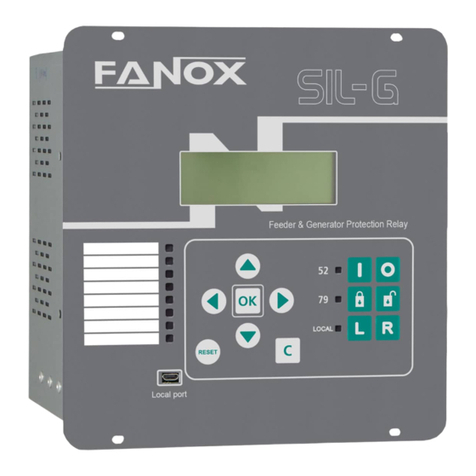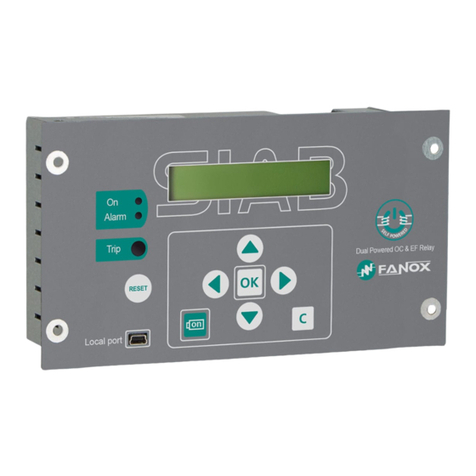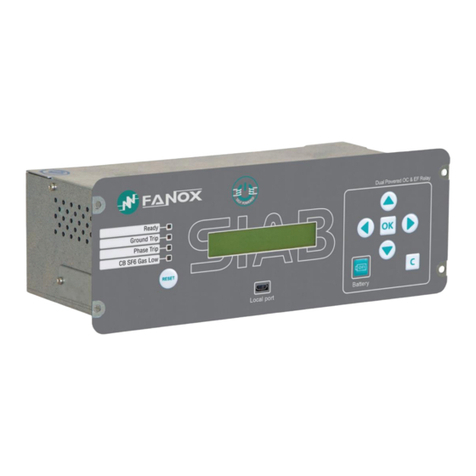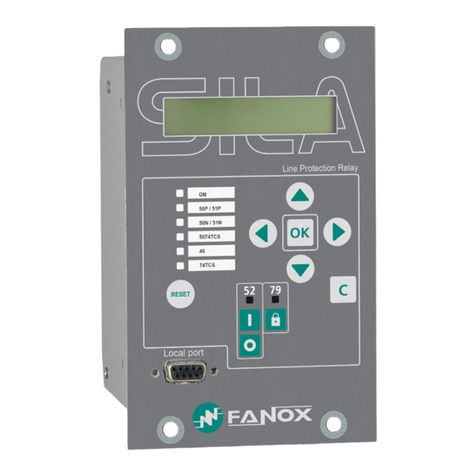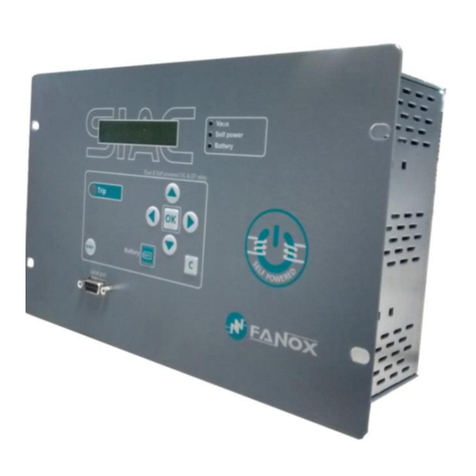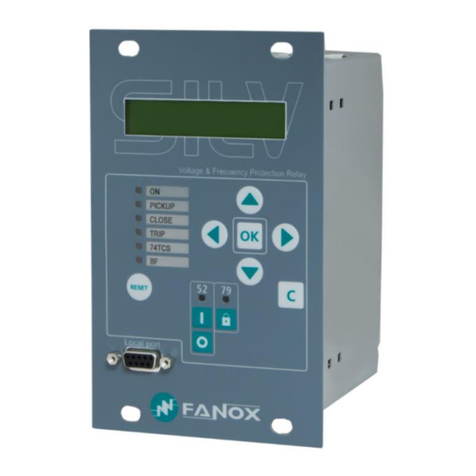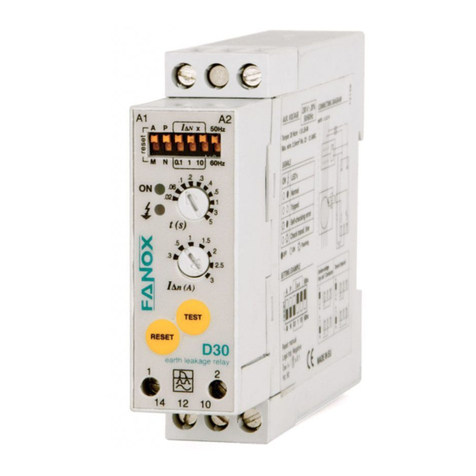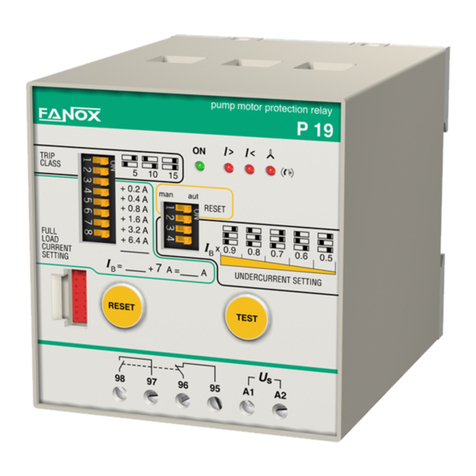
105
THE MOTOR PROTECTION
The electric motor is one of the most important operating devices in
industry. Many times the shutdown of an industrial process is caused by
a simple motor. High-cost production runs and valuable machinery can
become paralysed at great cost, even more than the cost of rewinding the
motor.
Experience shows that motor protection continues to be a problem, based
on the number of breakdowns occuring every day.
Over 60% of failures are caused by overheating of the motor windings.
These can be detected, and prevented, by measuring and analysing the
current being absorbed by the motor, or by controlling temperature limits of
the winding. The major causes are as follows:
• Overloads
• Locked rotor
• Over and undervoltage
• Phase imbalance or phase loss
• Long and heavy start-ups
• Excessive operating cycles
• Heating from non-electrical causes
• Inadequate motor ventilation
• High room temperature
• Insulation failure
The following diagram shows the dramatic decrease suffered in the
electric life of a motor due to the excessive heat of the motor windings
(Montsinger’s rule).
As one can see, a 10ºC increase in temperature reduces the useful life of
the motor by half.
The most reliable protection options in common use are:
• Fuses or circuit breakers for short-circuit protection.
• Electronic motor protection relays with thermal memory.
• Contactors for motor control.
FANOX RELAYS
Our R+D Division has allowed FANOX to develop a wide range of easy-to-
install and operate electronic relays, at truly competitive prices, which will
save downtime and money.
FANOX motor protection relays work with the current measured in real time.
The current, which is read by three current transformers built into the relays,
is electronically processed and used as a model of the thermal image of the
motor, and is continously compared to the values set on the relay.
The three power supply cables to the motor are not directly connected to
the relay, but pass through its corresponding CT holes.
This provides motor protection against:
• Overload: The relay creates a model of the thermal image of
the motor during its heating and cooling cycles. In this way, in
overload conditions, the relay will take into consideration previous
operating conditions of the motor, and will trip quicker if the
relay has detected previous occasions of overload. This thermal
memory is independent of the auxiliary voltage supply of the relay
and is stored even when this voltage is cut off or disconnected.
The different trip curves available for selection in the relays allow
for precise adjustment to any kind of motor start-up or work ing
cycle.
• Phase imbalance and phase loss: even if the motor is running
below its full load current.
• Incorrect phase sequence detection is highly important when the
correct phase sequence is critical as in compressors, pumps,
fans and other applications (GL, P, PF).
• Underload by undercurrent: protects the motor against working
without load, very important in pumps (P and PS).
• Protection against no-load operation: underload protection by
cos has been incorporated so that the relay differentiates
precisely between very low load and no-load operations, and
drops out in the latter case (PF).
In addition, when the relay is connected to thermistor sensors (PTC), it
protects the motor against electrical and non-electrical overheating (GL, G).
A visual display of the cause allows maintenance personnel to identify and
immediately act on the underlying causes. The use of the OD display makes
this operation much easier.
FANOX relays guarantee ideal protection for motors (pumps, compressors,
fans, etc).
Overtemperature (°C)
+5 +10 +15 +20
24.000
18.000
12.000
6.000
Life time hours
Installation and Adjustment guide



